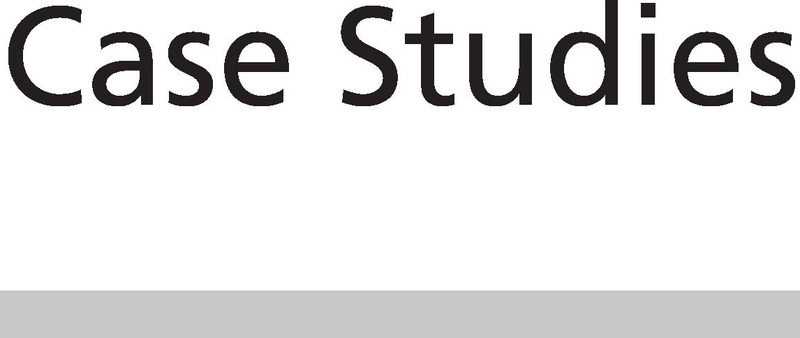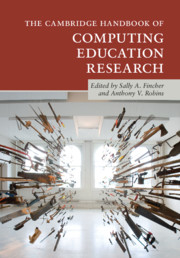Book contents
- The Cambridge Handbook of Computing Education Research
- The Cambridge Handbook of Computing Education Research
- Copyright page
- Dedication
- Contents
- Figures
- Tables
- Contributors
- Acknowledgments
- 0 An Important and Timely Field
- Part I Background
- Part II Foundations
- Part III Topics
- Systemic Issues
- New Milieux
- Systems Software and Technology
- Teacher and Student Knowledge
- Case Studies
- Index
- References
Case Studies
from Part III - Topics
Published online by Cambridge University Press: 15 February 2019
- The Cambridge Handbook of Computing Education Research
- The Cambridge Handbook of Computing Education Research
- Copyright page
- Dedication
- Contents
- Figures
- Tables
- Contributors
- Acknowledgments
- 0 An Important and Timely Field
- Part I Background
- Part II Foundations
- Part III Topics
- Systemic Issues
- New Milieux
- Systems Software and Technology
- Teacher and Student Knowledge
- Case Studies
- Index
- References
Summary

- Type
- Chapter
- Information
- The Cambridge Handbook of Computing Education Research , pp. 859 - 860Publisher: Cambridge University PressPrint publication year: 2019



